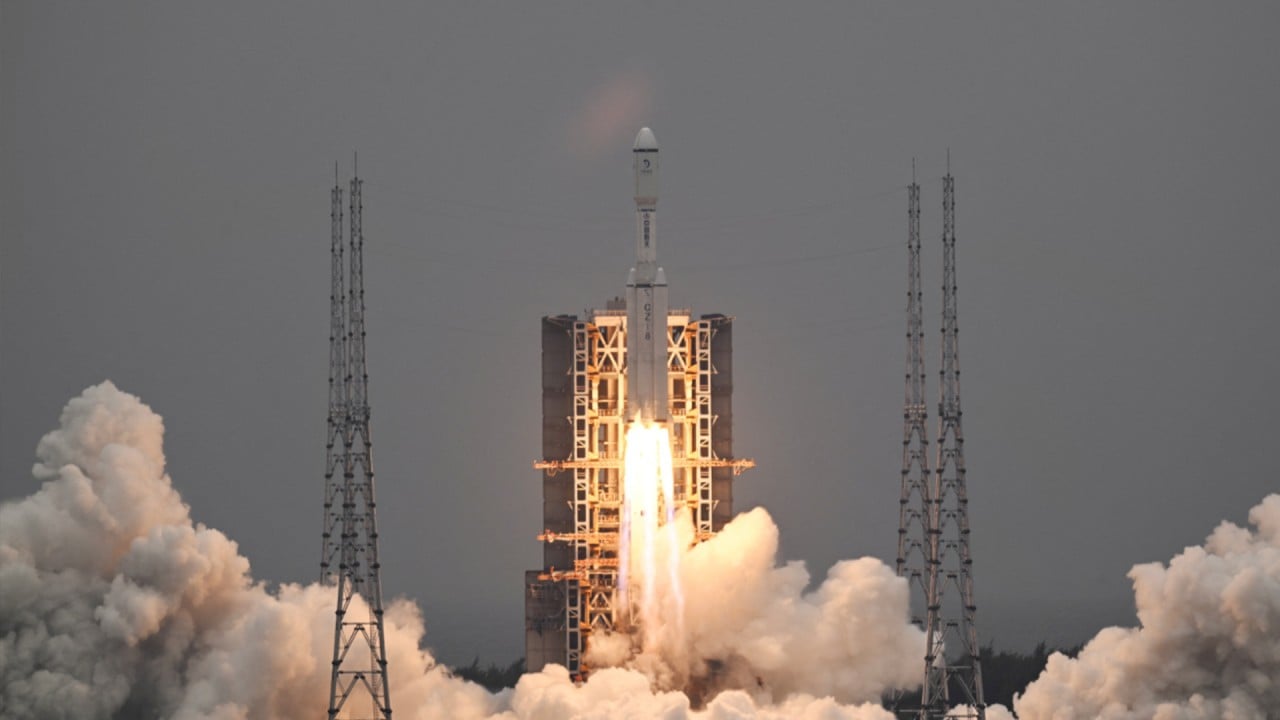
Top American scientist warns China could soon overtake US in STEM leadership
- National Academy of Sciences president Marcia McNutt notes ‘worrying trends’ in China’s rising R&D spending, published studies
The US spent US$806 billion versus China’s US$668 billion on R&D in 2021, but China’s rate of investment was twice that of the United States, said McNutt, a geophysicist and the first woman president of the NAS since its establishment in 1863.
McNutt is also the first woman editor-in-chief of Science magazine, and was elected as a foreign member of the Chinese Academy of Sciences in 2019.
Since the end of World War II, the US had been “not just world-leading but world-dominating” in science and engineering, accounting for nearly 60 per cent of all Nobel Prizes ever awarded, she said.
Meanwhile, China has been catching up quickly in both the quantity and quality of papers published, while doubling the number of patents filed by the US in 2021. “This all suggests to me that there are very worrying trends.”
Foreign students not only outnumbered domestic students in American university graduate programmes, 65 per cent remained in the US for at least 10 years, maintaining the country’s STEM workforce, she said.
“We literally couldn’t fill our STEM jobs if it were not for these foreign students coming and staying in the US.”
McNutt recommended protecting US leadership in science by strengthening its own K-12 STEM education and building a domestic scientific workforce for the future.
The tradition of having other nations – especially those in Asia – invest in their K-12 training and then “steal their students to come here” should be changed, she said.
According to McNutt, the US should also work on luring “the best and brightest talent” from around the world by reducing red tape for student visas. A top-down national research strategy was also critical to help coordinate R&D spending by government agencies and the private sector, she added.
Fan-Gang Zeng, an auditory scientist from the University of California, Irvine, said McNutt’s talk presented many good ideas, but implementing some of the recommendations would be challenging due to different goals or competing interests.
“Some may even be inherently incompatible, such as federal versus industrial support, domestic versus international students, and national security versus international collaboration,” Zeng wrote on his LinkedIn account.


